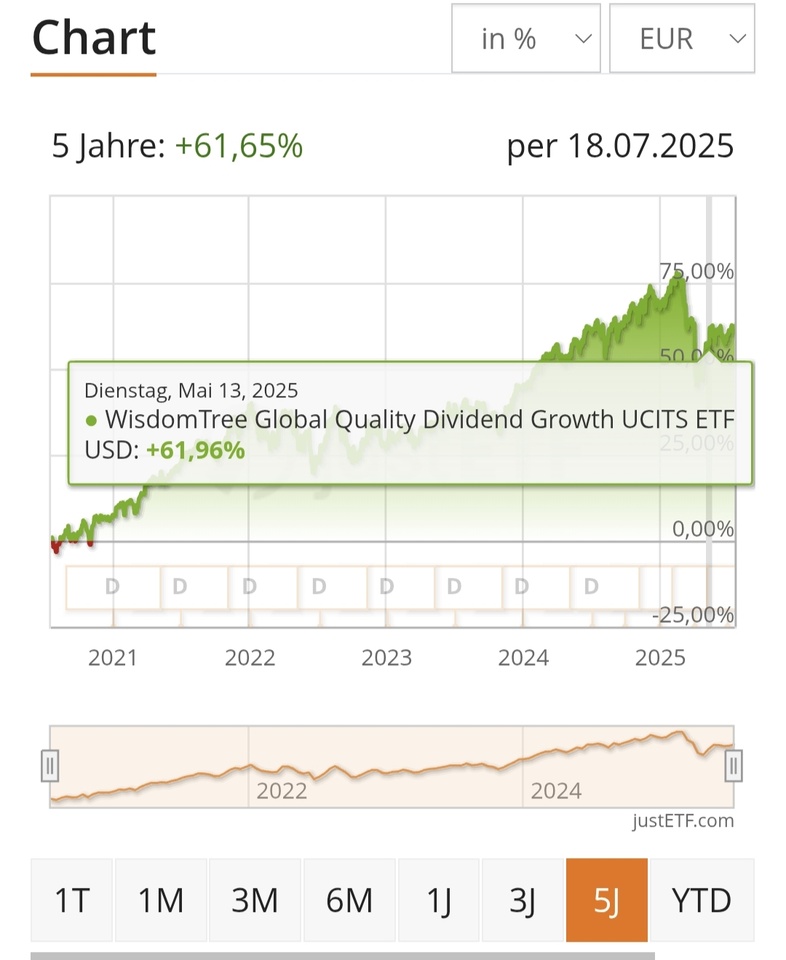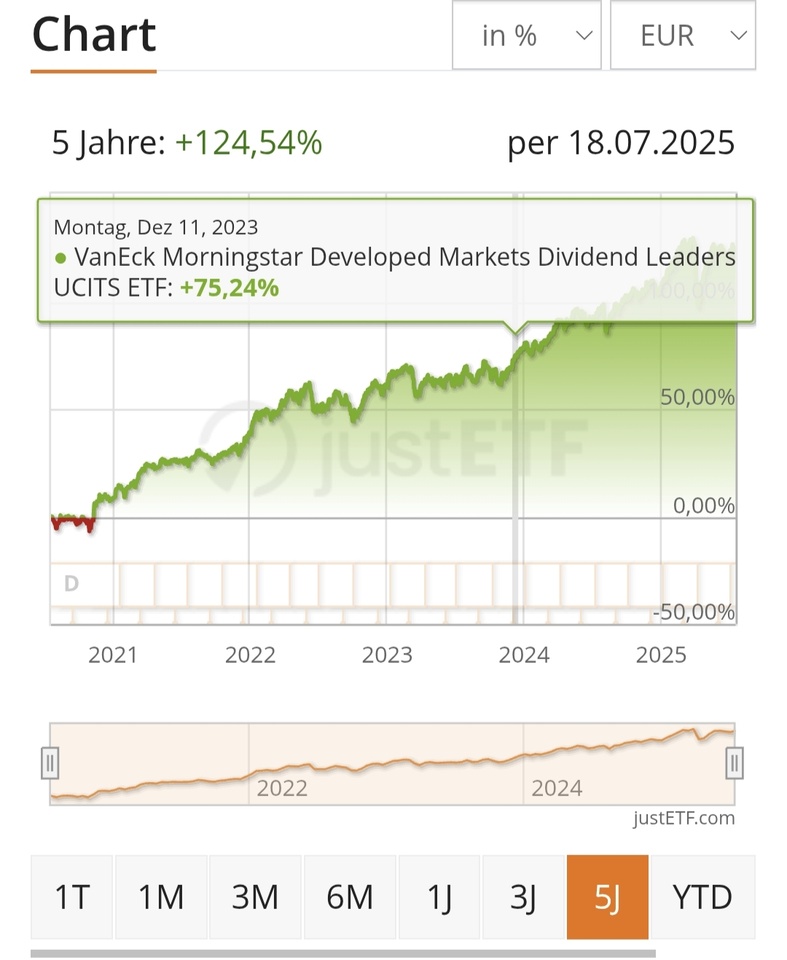

Dear Group,
I have a 20% core in the growth portfolio $GGRP (+0,29%) currently worth just under 31k. It is saved with 400 euros per month. Total return so far around 6% (approx. 1900€).
In the separate dividend portfolio I have, among other things, the $TDIV (+0,46%) , currently worth just over 6k, saved monthly with 200€.
After careful consideration, I would now like to switch positions in order to achieve a better return and dividend yield.
The long-term return on the TDIV beats the GGRP by over 100%.
I would have to pay around 300-350€ tax on the partial sale of the GGRP, but from now on I would keep it in the div portfolio with a position size of 6k while I increase the TDIV to this 31k.
Am I missing something important or can you understand my approach and think it's a good one?
And should I consider a tranche or a one-off purchase?
I know, for you professionals such questions sometimes seem a bit simple-minded - but I just can't do any better (yet) 🫣😄
Merci beaucoup and have a nice weekend everyone 😊










